While summer pruning fruit trees encourages flowering and fruiting pruning in winter controls the overall shape size and health of your tree. Without pruning apples pears and other fruit trees can become straggly and less productive.
Ive noticed however that without leaves to refer to people often find it hard to identify deciduous trees in the winter.
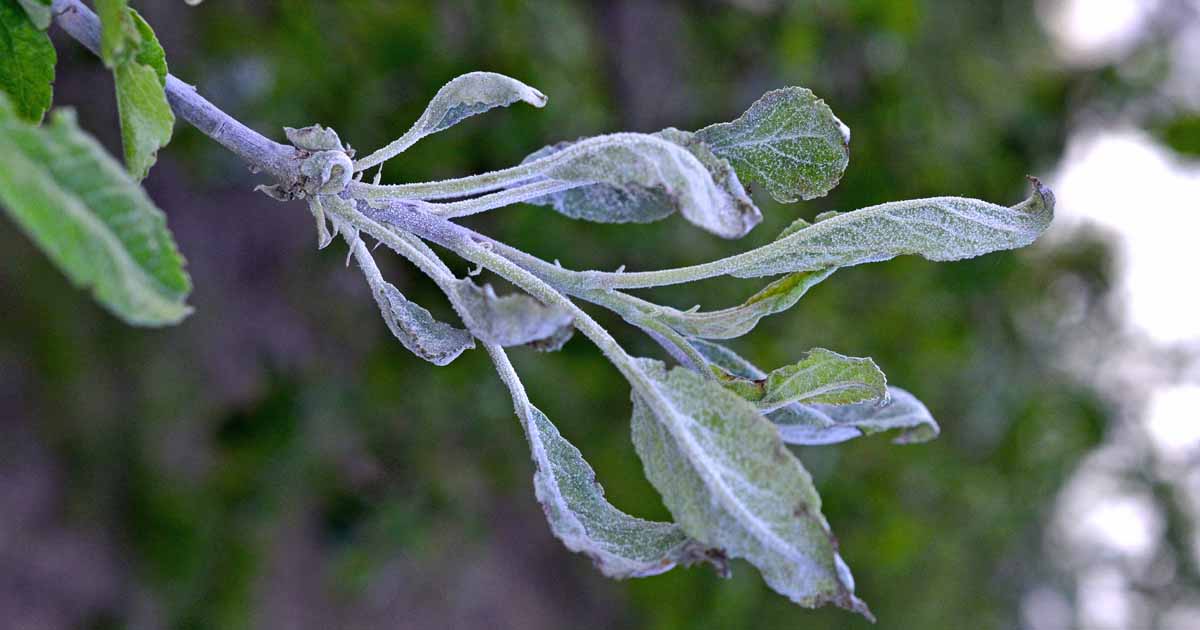
How to identify fruit trees in winter. But using a tree twig key means learning a twigs botanical parts. In winter for broadleaf trees youll have to use twigs leaf buds and bark. When it comes to fruit trees a more accurate description would be winter cleaning as this is the time of year when we draw a line under the past year and look ahead to the next.
Keeping fruit trees in good shape is the most reliable way to achieve high yields every year. This is called a dichotomous key. Using a tree twig key is an excellent way to identify a tree when no leaves are available.
Pick off any fruits that still linger as these can harbour fungus spores that you want well away from next springs fresh new growth. Examining a tree twig for winter tree identification to use a tree twig key means learning a twigs botanical parts. Look for leftover growth up in the branches.
It gives the tree a candelabra effect. Have you ever wondered what that beautiful deciduous tree is in your neighborhood. Using a tree twig for winter tree identification parts of a tree twig.
Its a great time of year to be out. Kick around the litter at the bottom of the tree and you might find intact leaves or. Even without leaves flowers and fruit to help you winters a great time to identify trees.
Common trees like oranges lemons and limes citrus spp will show characteristic. Greasy barriers will foil winter moths which clamber up. A key can help you identify a tree to the specific species by asking two questions where you can affirm one and eliminate the other.
The simplest method of determining what type of fruit tree you have is to examine the fruit itself. I love roaming the woods in late winter and early spring and id encourage anyone who loves the outdoors to do the same. The trees bark buds and twigs and the sad remaining leaves provide great clues.
Some species are more likely to grow near water in scrubland parkland or in woodland. Take notice of the surrounding area such as hedgerows fields parks woodland or close to water. Different features will be visible through the seasons.
The tulip tree with its huge vertical trunk and papery upright flowers that remain all through the winter is very common and easy to identify the flowers are the remains of the fruit axis not actually blooms.
 Pruning Blueberries Step By Step Instructions For More Fruit
Pruning Blueberries Step By Step Instructions For More Fruit
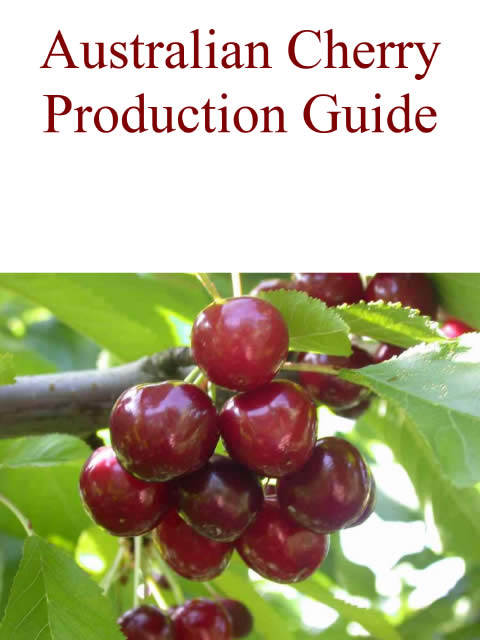 Australian Cherry Production Guide
Australian Cherry Production Guide
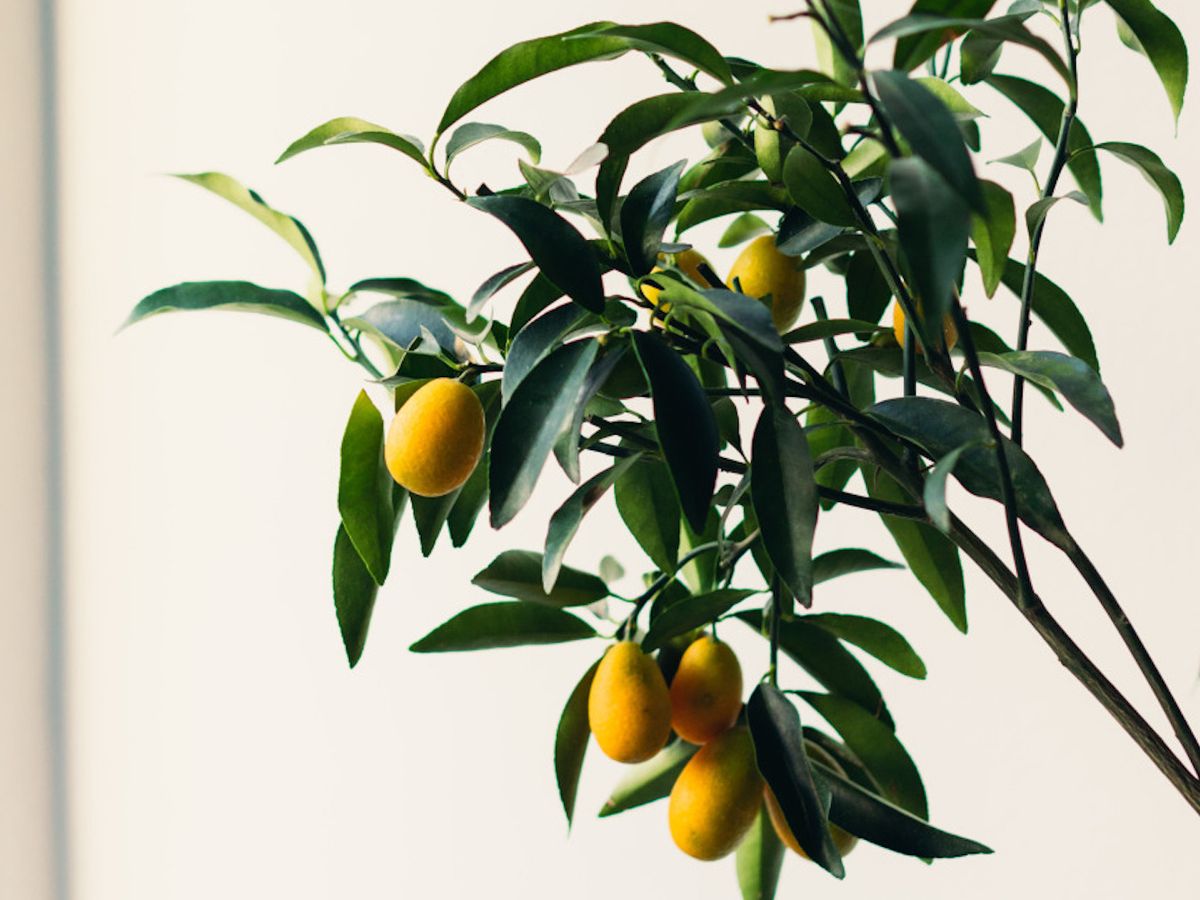 Best Indoor Trees To Grow At Home 8 Types Of Low Light
Best Indoor Trees To Grow At Home 8 Types Of Low Light
 Brown Rot Fungi Symptoms Treatment And Control Planet
Brown Rot Fungi Symptoms Treatment And Control Planet
 Fruit Tree Care Winter Pruning Stock Photo Image Of
Fruit Tree Care Winter Pruning Stock Photo Image Of
 How To Prevent And Control Powdery Mildew On Apples
How To Prevent And Control Powdery Mildew On Apples
 Spraying Of Fruit Trees In Late Winter From Pests And
Spraying Of Fruit Trees In Late Winter From Pests And
Mo Mulberry A Guide To Probably Everything You Need To
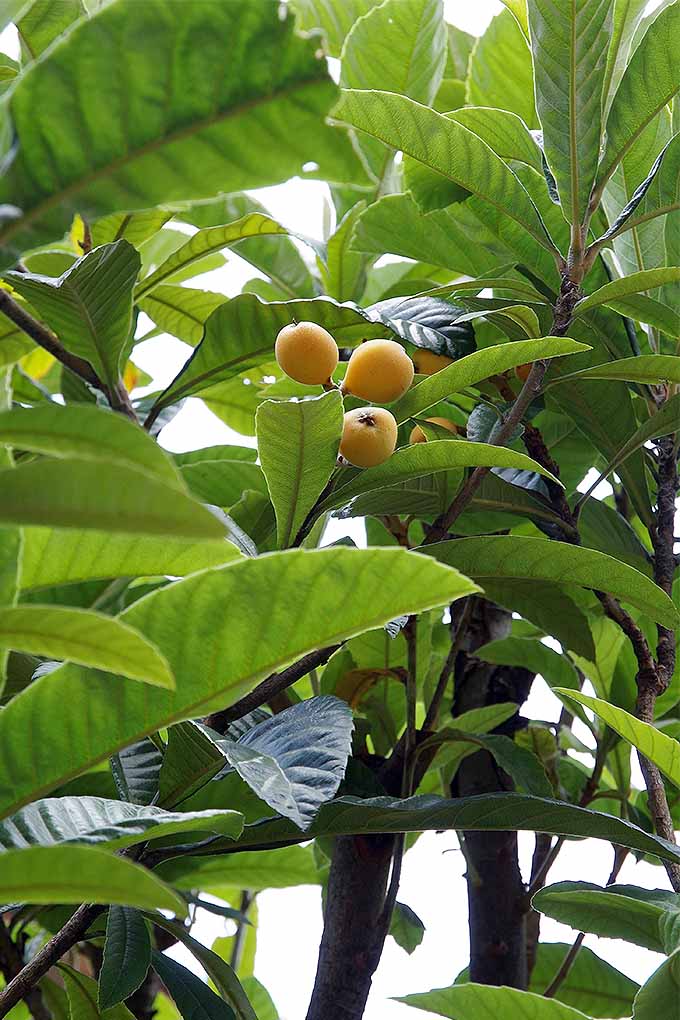 How To Grow Loquat Eriobotrya Japonica Gardener S Path
How To Grow Loquat Eriobotrya Japonica Gardener S Path
 Preventing Winter Damage To Trees Protecting Fruit Trees
Preventing Winter Damage To Trees Protecting Fruit Trees
 How To Identify Spring Flowering Trees In Wisconsin Spring
How To Identify Spring Flowering Trees In Wisconsin Spring
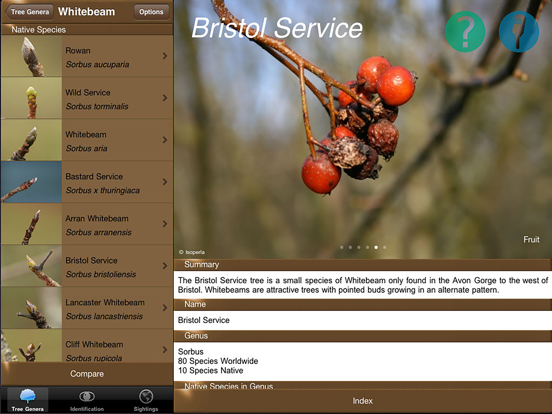 Winter Tree Id British Isles App Price Drops
Winter Tree Id British Isles App Price Drops

 The Permaculture Research Institute
The Permaculture Research Institute



